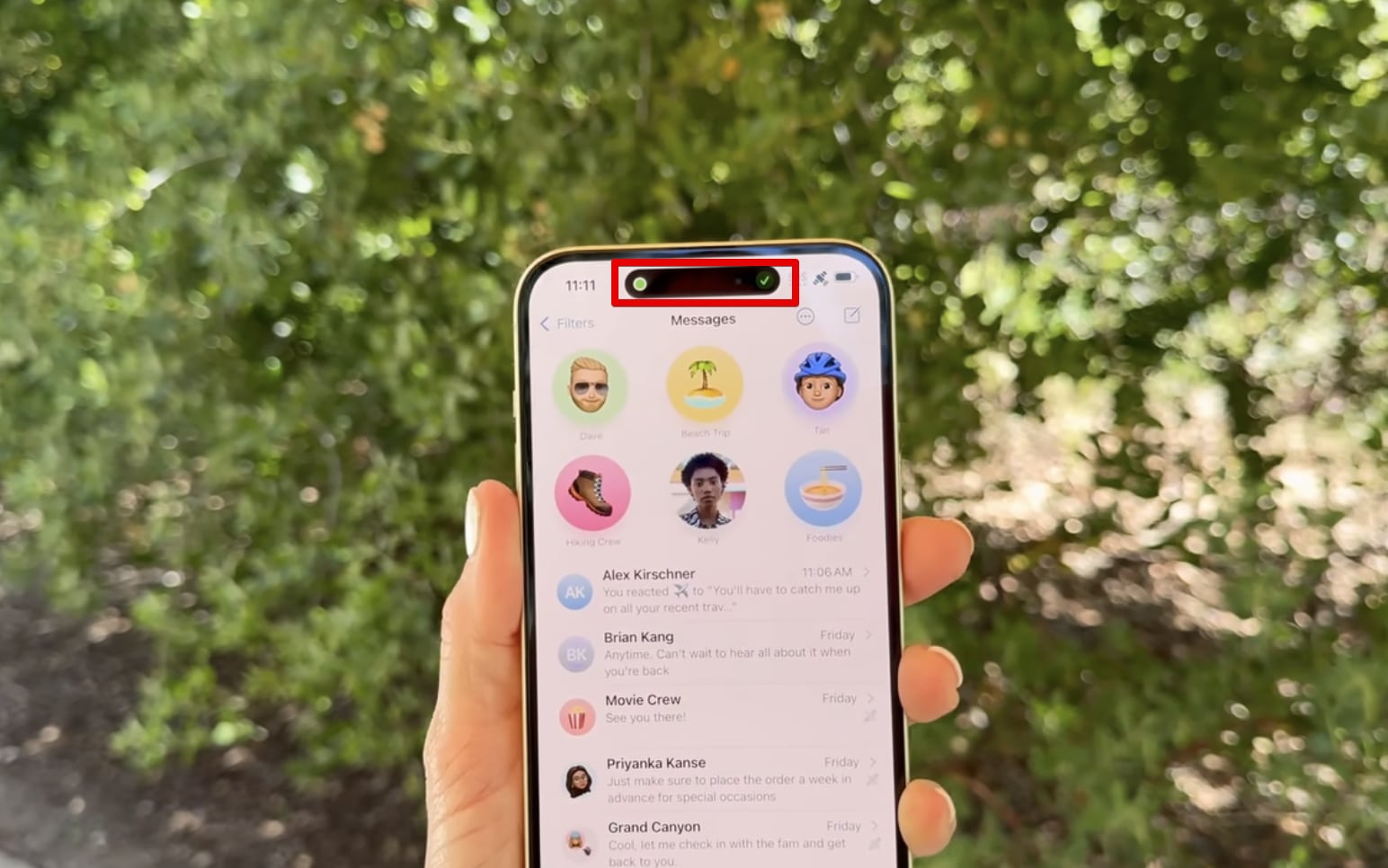With the launch of the iPhone 14 series, Apple introduced a revolutionary feature called Emergency SOS via Satellite that lets you contact emergency services when there’s no cellular or Wi-Fi coverage in an area by connecting to communication satellites in low Earth orbit.

Now, in the sea of amazing iOS 18 features, Apple is expanding the functionality of this feature in the form of Messages via Satellite. But what exactly is this feature, and how do you use it? Let’s take a look.
What is Messages via Satellite in iOS 18?
Messages via Satellite is an iOS 18 feature that lets you send and receive texts, emojis, and Tapbacks over iMessage and SMS through satellite connections. This ensures that you can communicate with your closed ones even in remote areas.
The way it works is that when you attempt to send a message without cellular or Wi-Fi connection, your iPhone searches for a satellite connection. If one’s available, you’re prompted to connect by pointing your iPhone towards the satellite. Once connected, you can initiate a conversation with your contacts.
How to use Messages via Satellite in iOS 18
Using Messages via Satellite is quite straightforward, with Apple providing guidance throughout. When you’re in an area with no cellular or Wi-Fi connection, your iPhone will automatically detect this and prompt you to enable Messages via Satellite.
Simply tap on the notification, then select Connect to Satellite. Your iPhone will now guide you to point it towards the sky to establish a connection, with real-time updates provided by Dynamic Island at the top of the screen.
Once connected, open the Messages app, compose your message as usual, and hit the Send button. Your iPhone will now transmit the message via the satellite.
It’s worth noting that currently, only emergency contacts and family members set up in your Family Sharing can message you first via satellite. This is to limit the number of spam and promotional messages on your device. However, if you’re stranded, you can initiate a conversation with anyone.
At the time of writing, messages sent via satellites don’t show read receipts. You can, however, see “Delivered” and “Sent” status labels for your sent messages.
Maintaining the connection
Earth’s rotation or user movement can result in loss of connectivity with the satellite. Apple addresses this by providing indicators within Dynamic Island. When you lose the connection with a satellite, this indicator turns orange, and you see an arrow pointing in the direction you need to move to reestablish the connection. The indicator turns green upon reconnecting.


Stay connected…
Messages via Satellite can be a game-changer for those who frequently visit areas with spotty or poor connectivity. It’s a powerful new tool that has the potential to save lives and keep us all connected in even the most challenging circumstances. This, alongside Apple Intelligence, is making iOS 18 one of the best updates for the iPhone in recent times.
For the first two years of purchase of a new iPhone that supports the feature, Messages via Satellite will be free to use. Post that period, Apple may introduce a fee, details of which are yet to be disclosed.
Currently, only emergency contacts and family members set up in your Family Sharing can message you first via satellite. This is a temporary measure to prevent spam. That said, if you’re in a stranded area, you have the option to initiate a Message via Satellite conversation with anyone.
Technically, yes. Using satellite communication can drain your battery faster, so it’s a good idea to monitor your battery level and have a power source handy if you think you might need to use this feature extensively.
Messages via Satellite is only available on iPhone 14 and above, with devices running iOS 18 and above.
Read more:
- iOS 18.1 beta: How to use Apple Intelligence writing tools on iPhone or iPad
- How to use Eye Tracking in iOS 18 and iPadOS 18
- How to remove objects from photos using the Clean Up tool on iPhone
- How to turn on and use Vehicle Motion Cues on iPhone
